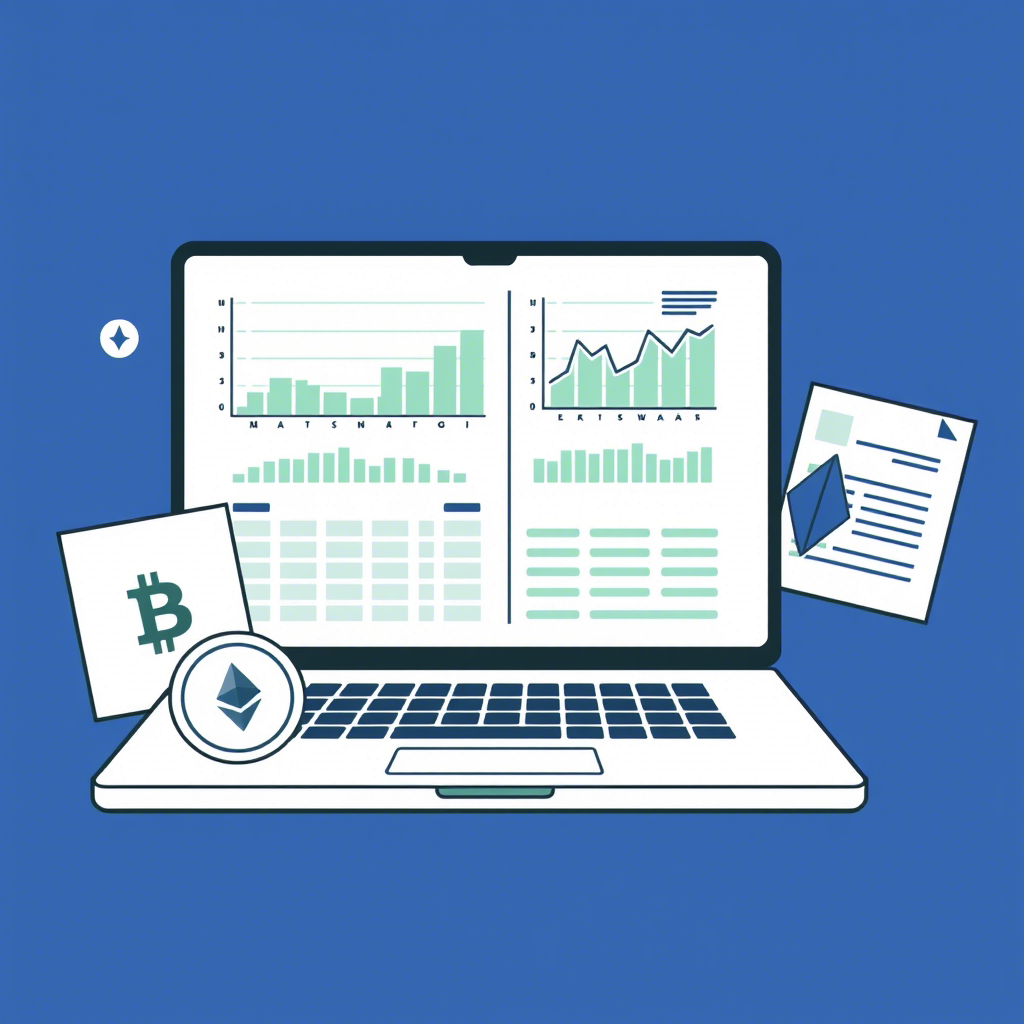Decentralization distributes power and control across a network instead of relying on a central authority. It improves security, transparency, and resilience by reducing single points of failure. Users can interact directly through trustless systems without intermediaries, and blockchain technology ensures data remains tamper-proof and publicly verifiable. Decision-making is often handled through distributed governance models like DAOs, giving communities more control. Overall, decentralization empowers users, protects privacy, and creates fairer, more transparent digital ecosystems.







